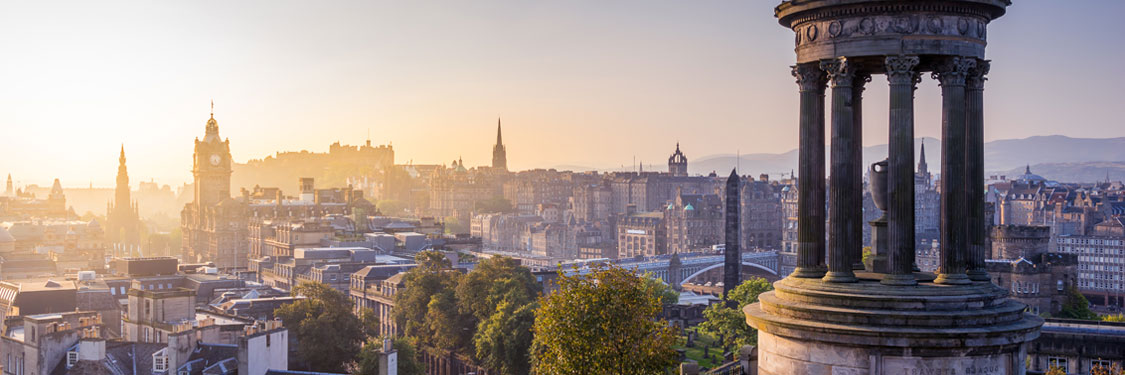
Scottish
income tax
Important information: SIPPs are a type of pension for people happy to make their own investment decisions. Investments go down in value as well as up so you could get back less than you invest. Pensions are meant for your retirement, so you normally can’t access your money until any time after your 55th birthday (57 from 2028). Tax rules can change and tax reliefs depend on your circumstances. If you’re not sure which investments are right for you, we can put you in touch with one of our advisers.
Scottish tax bands
The Scottish government has the power to set their own income tax rates and bands.
There are six tax bands for Scottish taxpayers (2025/26).
| Earnings | Tax rate in Scotland | |
|---|---|---|
| Personal allowance | Up to £12,570* | Tax free |
| Starter rate | £12,571 - £15,397 | 19% |
| Basic rate | £15,398 - £27,491 | 20% |
| Intermediate rate | £27,492 - £43,662 | 21% |
| Higher rate | £43,663 - £75,000 | 42% |
| Advanced rate | £75,001 - £125,140 | 45% |
| Top rate | Above £125,140 | 48% |
*This is reduced by £1 for every £2 of income over £100,000.
The rest of the UK only has the personal allowance and three bands (basic rate at 20%, higher rate at 40%, and additional rate at 45%).
Who will pay Scottish income tax?
Only Scottish income taxpayers are affected.
Broadly, you are a Scottish taxpayer if you are resident in the UK and:
- You have only one UK residence, which is in Scotland, and you live there for part of the year,
- You have more than one UK residence, at least one of which is in Scotland, and you live in Scotland for more of the year than you do in any other part of the UK, or
- You cannot identify your main residence and spend more days in Scotland than in any other part of the UK
Scottish taxpayer status applies for the entire tax year. It’s not possible to be a Scottish taxpayer for only part of it.
Is pension tax relief affected?
The government tops up personal contributions with basic-rate tax relief (currently 20%), instantly boosting the amount of money saved (even if you pay tax at a rate below basic rate).
Scottish taxpayers can claim back up to a further 28% depending on the rate of tax they pay, when they make a personal contribution, but this extra amount won’t be added automatically. They will need to complete a tax return or write to their local tax office.
Please remember, you need to pay enough tax at the higher rate to claim back the full amount of tax relief.
How much can you contribute to a pension?
Remember, to receive tax relief, your personal contributions are limited by the pension annual allowance (£60,000 for most people) and amount you earn that tax year. If you are a non-earner or earn less than £3,600, you can still pay in up to £2,880 which the government will top up with basic rate tax relief of 20%. So, if you add £2,880 to your pension, the government would boost it by £720.
Money held in a pension cannot normally be accessed until age 55 (57 from 2028), up to 25% is normally tax free and the rest taxed as income.